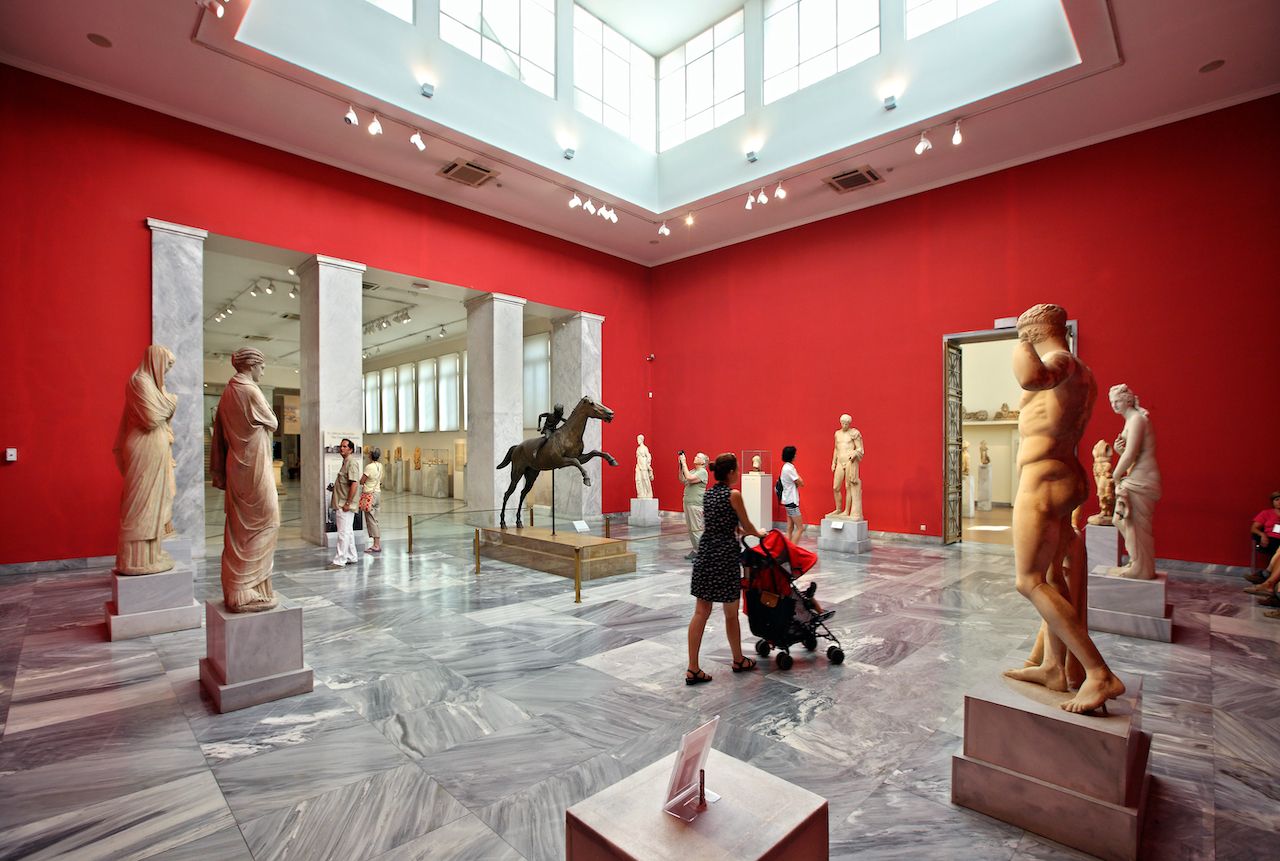National Archaeological Museum
World's largest collection of Greek Antiquity artifacts
World's largest collection of Greek Antiquity artifacts


28is Oktovriou 44, Athina 106 82, Greece Get directions

"Home to one of the world’s great ancient and prehistoric collections—of which less than 10% is currently on view—this 19th-century grand dame is set for a radical Sir David Chipperfield overhaul: expanded subterranean galleries with glass façades, rammed-earth walls, and new gardens that could rival (if not outshine) the Acropolis Museum and lift Patissia’s fortunes." - Rachel Howard

"The capital city of Greece, known for its ancient ruins and museums lined with artifacts, appealing to history enthusiasts." - Nicole Kliest

"The starting point of the Mediterranean cruise, offering ancient history and vibrant culture."

"Home to some of the world’s most important ancient artifacts, this major museum offers a modest general admission price and further accessibility through free entry on the first Sunday of each month from November through March, making it an affordable way to see key pieces of Greek history." - Stacey Leasca Stacey Leasca Stacey Leasca is an award-winning journalist and co-founder of Be a Travel Writer, an online course for the next generation of travel journalists. Her photos, videos, and words have appeared in print or online for Travel + Leisure, Time, Los Angeles Times, Glamour, and many more. You'll usually find her in an airport. If you do see her there, please say hello. Travel + Leisure Editorial Guidelines

"The National Archaeological Museum is Greece’s biggest museum, with over 11,000 items from the Neolithic to the Classical era. Statues, gold jewelry, weapons, and pottery are displayed in 65 thematic rooms, so ready yourself to spend many hours here. To make the most of your experience, we recommend the audio tour. Τhe exhibits that stand out are the gold mask from a Mycenaean royal tomb, a fully preserved maiden statue, the real-life size racehorse statue, and the first analog computer. Thanks to its central location, close to the Omonia metro station, the people of Athens regularly frequent the museum’s café, tucked away inside a lush urban garden. Occasionally, the café hosts temporary exhibitions and cultural events." - MATADOR_NETWORK
